Table of Contents
Total Dissolved Solids (TDS) is used by Reverse Osmosis suppliers in Malta as a way of demonstrating the effectiveness of water filters, however it really does fail as a good way to measure water quality in Malta.
In this article we explain what a TDS meter measures, and more importantly what it does not test.
A TDS meter is used as a water testing method as it is cheap and easy to do. I bought a TDS tester to try out for less than €20 in Malta and it was really easy to use, just place the probe end in water and bingo you have a TDS number.
The issue is that TDS is very limited in terms of what it is measuring. Sure, it has it's uses as a guide to water taste and the level of healthy minerals in water so it is really failing to give you a complete picture of water quality in Malta.
On the other hand a full detailed analysis of water quality was at least €1,000 when we had our independent test results completed for Malta water filtration with TAPP Water.
What are Total Dissolved Solids (TDS) in water?
We can start by knowing what TDS is and what it is measuring. Total Dissolved Solids are the inorganic salts and small amounts of organic matter that are dissolved in water. So really a TDS meter measures the electrical conductivity of salts and minerals in water and then calculates a TDS number.
The Total Dissolved Solids (TDS) are measured in mg per Litre unit of water (mg/L) which is also known as parts per million, ppm. That's why a TDS meter is sometimes called a PPM meter.
The following are included in measuring Total Dissolved Solids (TDS) in Malta:
- calcium
- magnesium
- sodium
- potassium
- carbonate
- bicarbonate
- chloride
- nitrate
So from all these that are measured the only contaminants are nitrates and chloride, the rest are all healthy minerals.
A TDS meter does not tell you if your water is healthy, for instance high levels of contaminants such as THM's, PFAS Forever Chemicals, lead and heavy metals, oil, arsenic, pesticides, herbicides and pharmaceuticals can b present in your water with a low TDS level , which is not an indicator of water quality, its an indicator of low dissolved salts and minerals.
What is a good measure of TDS in tap water?
Typically tap water in Malta has a TDS measure of up to 800 to well over 1000 mg/L which is quite normal for Malta. Water Services Corporation provide test results all over Malta of the conductivity which can then be used to calculate TDS. This exactly what a TDS meter does, it measures the conductivity of water and then calculates TDS.

Areas with higher quantities of minerals in water will have higher readings.
Reverse Osmosis, ion exchange and distillation water filtration systems will reduce this measure to zero or close to zero. Activated carbon filters will not filter out TDS and with a TAPP Water Filter we do not expect conductivity, and hence TDS to change, as all healthy minerals are retained. Nitrates and Chlorine are filtered out though which reduces TDS potentially but not enough to show up as a drastically reduced reading.
Bottled mineral water will measure high in TDS, for example Evian comes in at 300 mg/L and San Pelligrino at 850mg/L; we would aspire to drink such healthy mineral waters and trust them to be doing us good, regardless of their TDS measure.
The medical importance of mineral waters depends on the contained amount of minerals and trace elements. Calcium and magnesium in mineral waters are of greatest interest with respect to their potential relevance for the health status; iodine, fluorine and lithium are the most important trace elements. The bioavailability of minerals from mineral water is good and can be compared with the values derived from milk. A positive effect of the minerals in mineral water on health status is especially apparent in the case of insufficient intake by nutrition. The apprehension that there might be an undesired hypertensinogenic effect due to the sodium content in mineral waters is not justified. Sodium is present in mineral water in small amounts only, and mainly as sodium bicarbonate, which has no effect on blood pressure. A certain advantage of a delivery of minerals and trace elements by regular drinking of mineral waters is the simultaneous intake of water, without supply of energy. [Health-related effects of natural mineral waters]
What are the WHO guidelines on TDS?
Total dissolved solids are considered in the WHO Guidelines for Drinking-water Quality (GDWQ). and in the document WHO (2003) Total dissolved solids in drinking-water a background document there are the following guidance on TDS:
Organoleptic properties
The presence of dissolved solids in water may affect its taste. The palatability of drinking water has been rated by panels of tasters in relation to its TDS level as follows: excellent, less than 300 mg/litre; good, between 300 and 600 mg/litre; fair, between 600 and 900 mg/litre; poor, between 900 and 1200 mg/litre; and unacceptable, greater than 1200 mg/litre. Water with extremely low concentrations of TDS may also be unacceptable because of its flat, insipid taste.
Interestingly the WHO report cites some research conducted in 1969 as the basis for this conclusion on the guidance levels of palatability linked to TDS levels.
The Journal article: "TASTE QUALITY OF MINERALIZED WATER" published by William H. Bruvold and Henry J. Ongerth (1969) makes an interesting point.
The USPHS has a a recommended limit of 500 mg/L for TDS but there are no records to indicate any scientific basis for the standard with some communities now using water containing TDS above 500 mg/L, some above 1,000 mg/L without apparent ill affects.
Higher TDS waters are described by testers as having a heavier feel to them with very low TDS waters being described as flat, but it is not a question of water quality, more about taste and feel.
In the more comprehensive document issued by WHO in 2022 "Guidelines for drinking-water quality: Fourth edition incorporating the first and second addenda" The following table denotes certain items for which there is no guideline values which includes TDS which is marked as "Not of health concern at levels found in drinking water", for Malta both PH and Hardness receive the same classification.
8.5.1 Naturally occurring chemicals (Page 217)
Guideline values have not been established for the naturally occurring chemicals listed in Table 8.8 for the reasons indicated in the table.
However health-based values have been developed for a number of these chemicals in order to provide guidance to Member States when there is a reason for local concern, although, as noted in the table, in many circumstances the acceptability of drinking-water is the overriding concern (for further information on guideline values and health-based values, see section 8.2).

Chapter 10 of the same document, to which table 8.8 refers is titled "10 Acceptability aspects: Taste, odour and appearance".
This document refers to TDS at two points as follows:
Total dissolved solids (10.2 page 274)
The palatability of water with a total dissolved solids (TDS) level of less than about 600 mg/l is generally considered to be good; drinking-water becomes significantly and increasingly unpalatable at TDS levels greater than about 1000 mg/l.
The presence of high levels of TDS may also be objectionable to consumers, owing to excessive scaling in water pipes, heaters, boilers and household appliances.
No health-based guideline value for TDS has been proposed (see sections 8.5.1 and 12.1).
Total dissolved solids (12.1 - page 499)
Total dissolved solids (TDS) comprise inorganic salts (principally calcium, magnesium, potassium, sodium, bicarbonates, chlorides and sulfates) and small amounts of organic matter that are dissolved in water.
TDS in drinking-water originates from natural sources, sewage, urban runoff and industrial wastewater. Salts used for road de-icing in some countries may also contribute to the TDS content of drinking-water.
Concentrations of TDS in water vary considerably in different geological regions owing to differences in the solubilities of minerals.
Reason for not establishing a guideline value Not of health concern at levels found in drinking-water Additional comments May affect acceptability of drinking-water Assessment date 1993 Principal reference WHO (2003) Total dissolved solids in drinking-water
Reliable data on possible health effects associated with the ingestion of TDS in drinking-water are not available, and no health-based guideline value is proposed. However, the presence of high levels of TDS in drinking-water may be objectionable to consumers (see chapter 10).
Why do people use TDS as a measure of water quality in Malta?
In the WHO "Guidelines for drinking-water quality: Fourth edition incorporating the first and second addenda" in Annexe 4.1 " Analytical methods" there are a number of water quality testing methods, none of which include a TDS measure.
The WHO does not use TDS as a measure of water quality, it only uses TDS as a guide to palatability or taste of water. Here is Malta we see TDS measures of between 600 and 1000+ mg/L and thus some people may not find this palatable even after filtration, but water with a TDS measure of higher than 1000 mg/L is still safe to drink if you think it tastes ok.
So why do people in Malta use TDS as a measure of water quality?
The simple answer is that its cheap and easy to do. Just purchase a €20 tester, drop it in a sample before and after filtration and you have an immediate "answer". But it's not a great answer and not accurate as a measure of water quality.
This measure is particularly used by Reverse Osmosis companies to promote the use of this filtration system in Malta; but there are disadvantages too for this type of home water filtration system in Malta which we describe in our article All about Reverse Osmoisis (RO) home water filters in Malta.
Real tests of water quality focus on the levels of chlorine, pesticides, heavy metals and pharmaceuticals and these require far more analysis and complex testing equipment.
TAPP Water filters have been tested for TDS in tap water with values of over 1000mg/L and the water taste remains good and the water is safe to drink.
Summary
High TDS in your Malta tap water basically means that there is mineral water coming out of your tap. Once you have filtered it to remove over 100+ common contaminants in Malta tap water with your TAPP EcoPro delivering great tasting drinking water that is safe to drink.


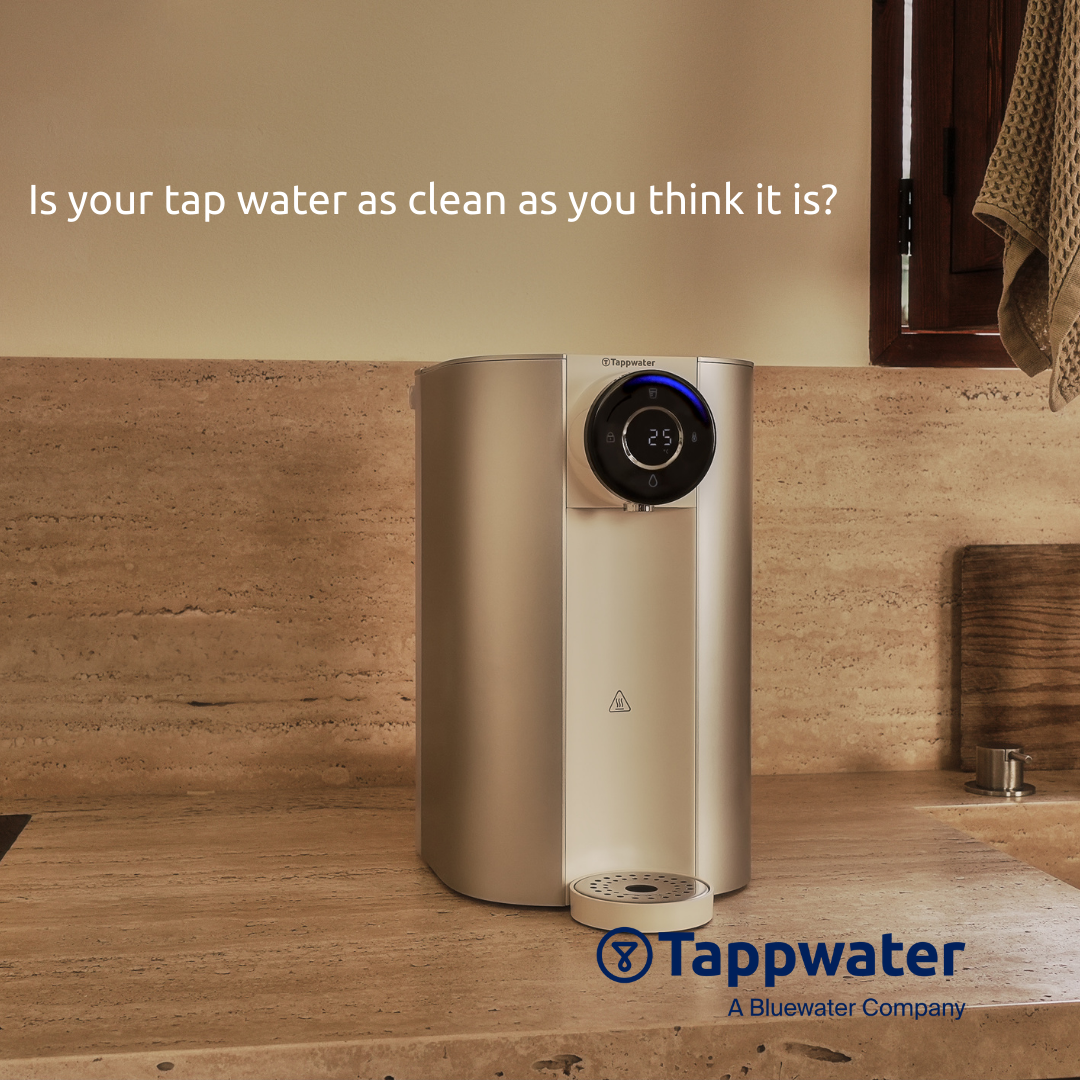

![[WATCH] Malta's Tap Water Challenge: The Tappwater Solution. A Look at the Science, the Tests, and the Deliciously Clean Results.](http://tappwater.mt/cdn/shop/articles/Why_We_lab_tested_maltas_water_Sqaure.png?v=1756738451&width=1080)
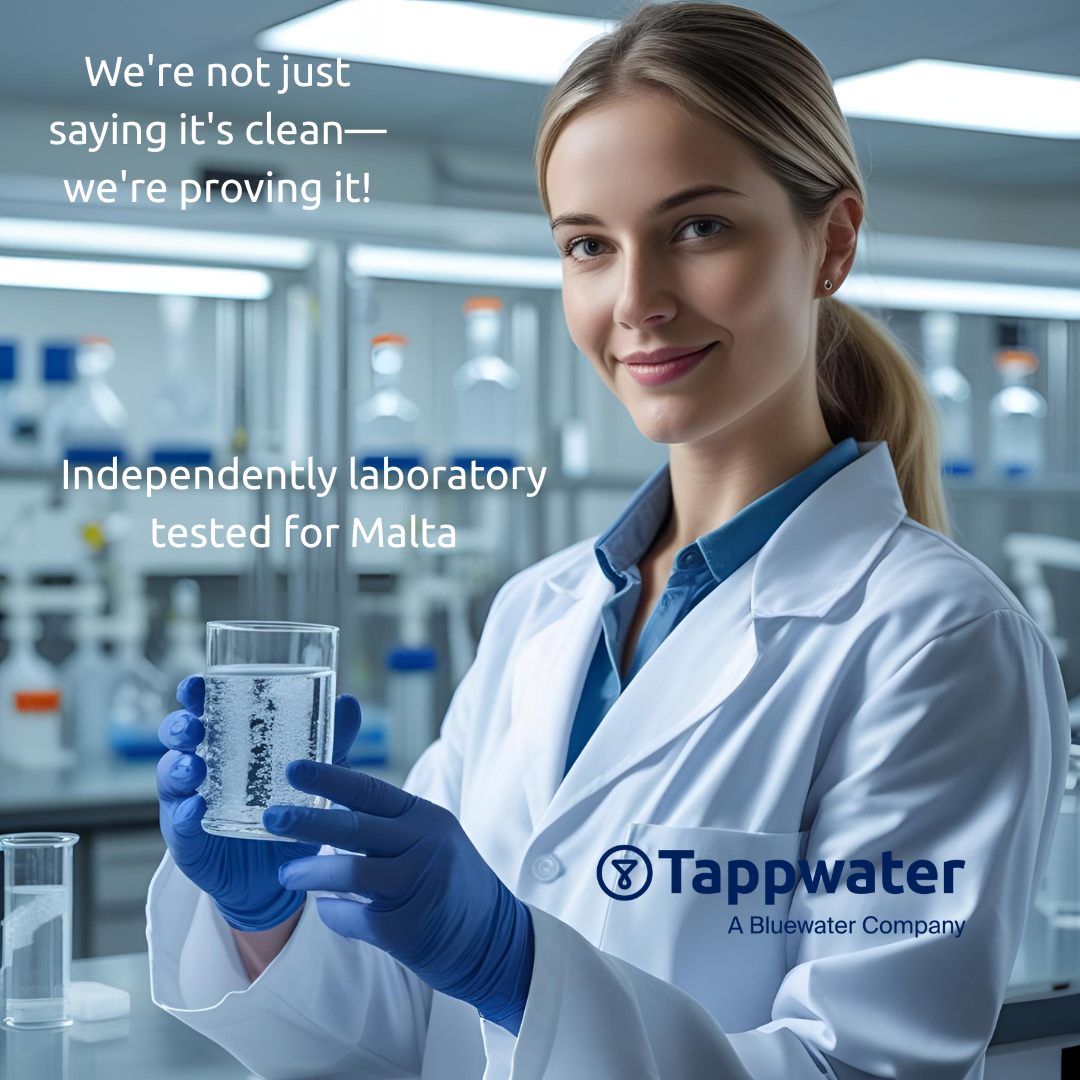
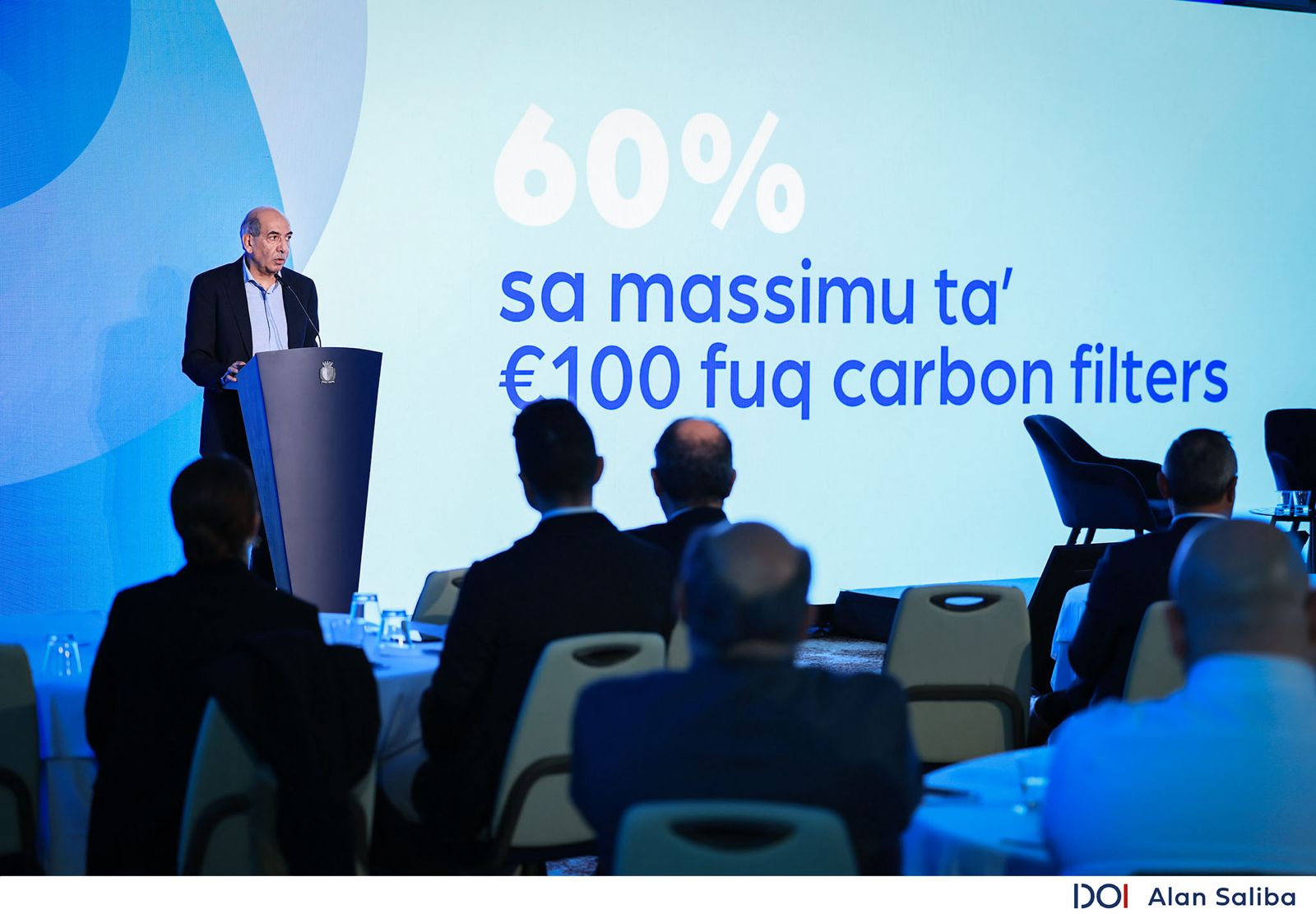
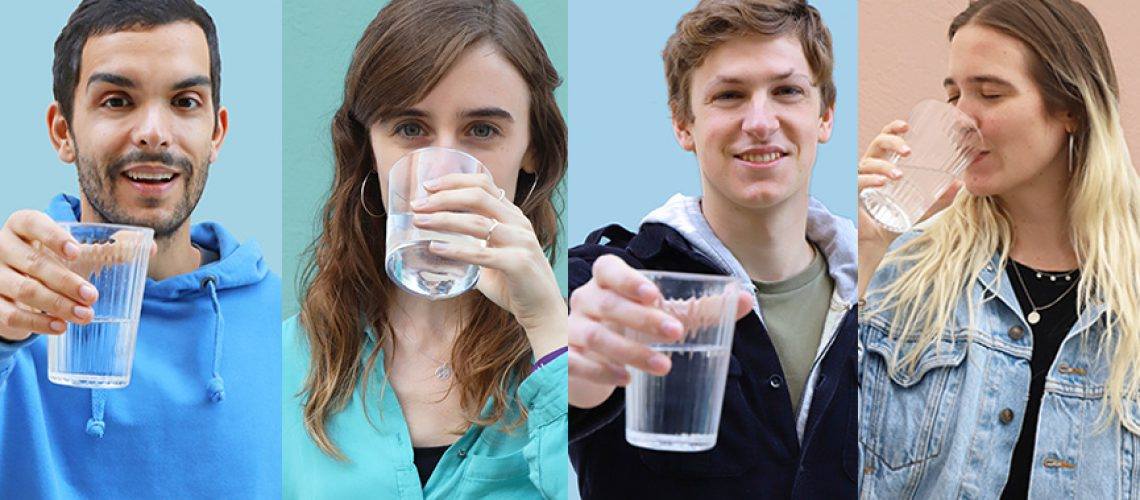
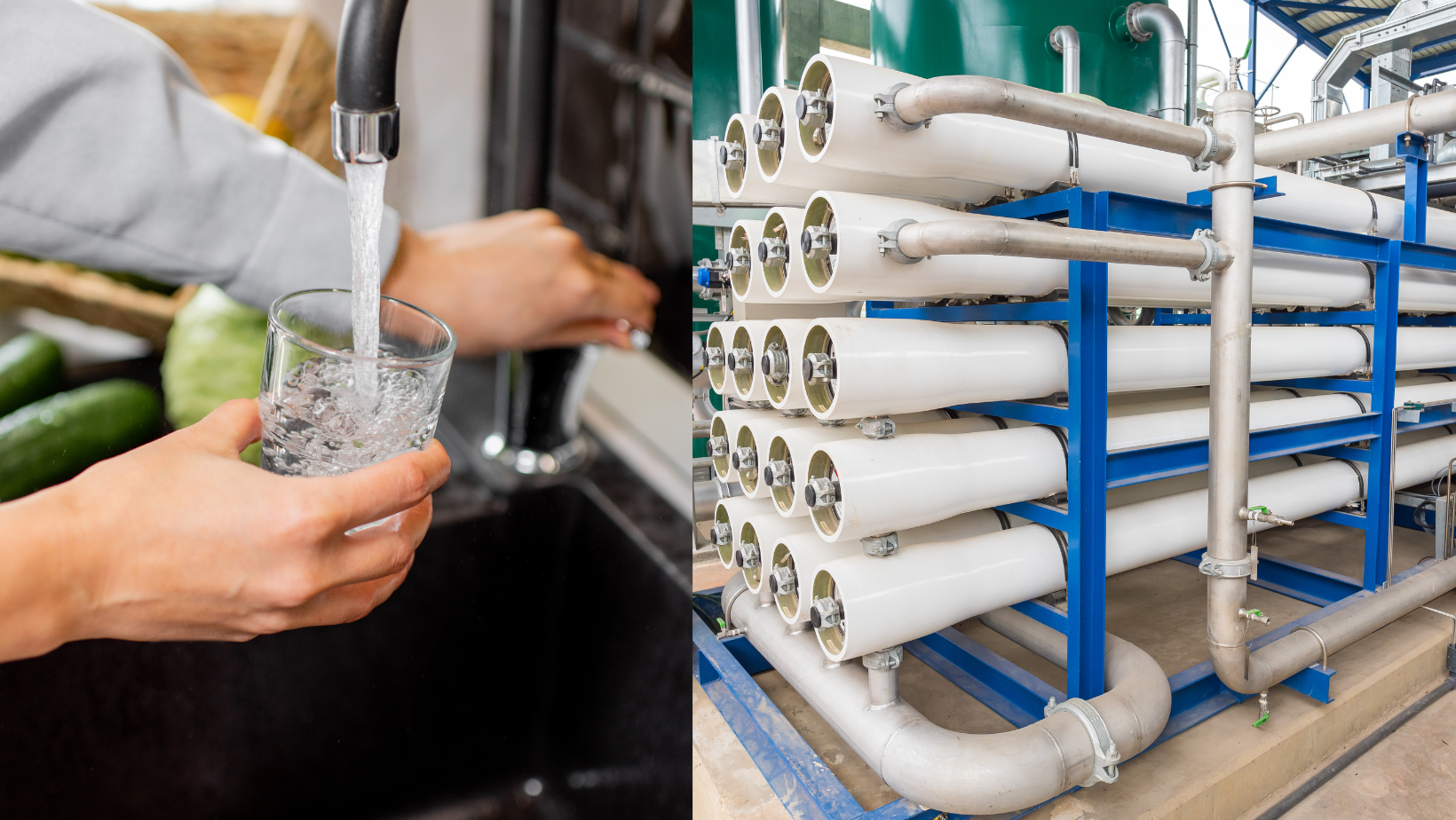
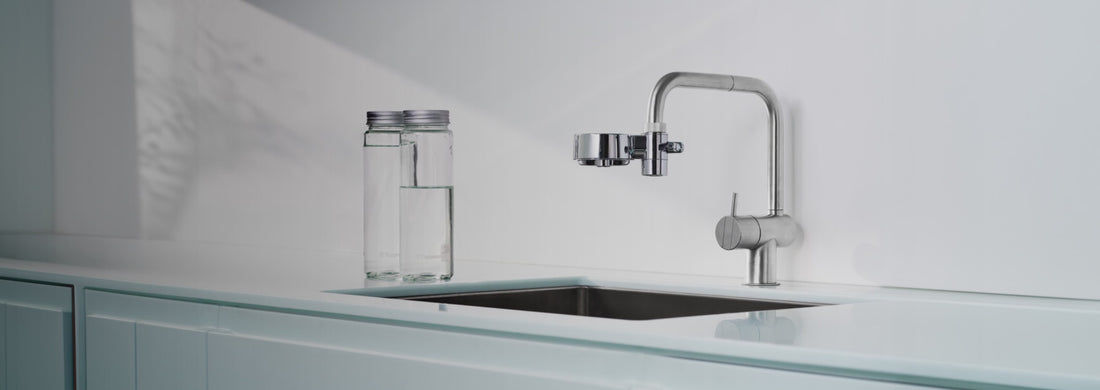

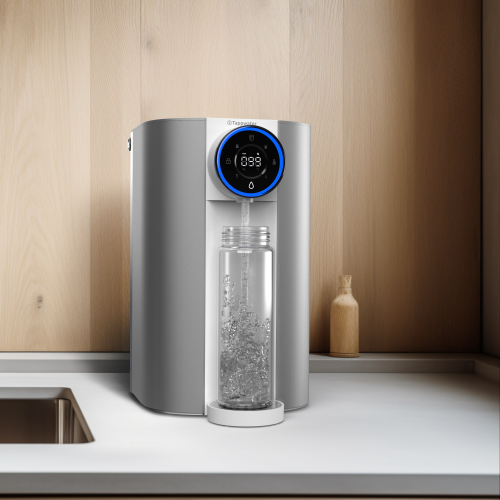
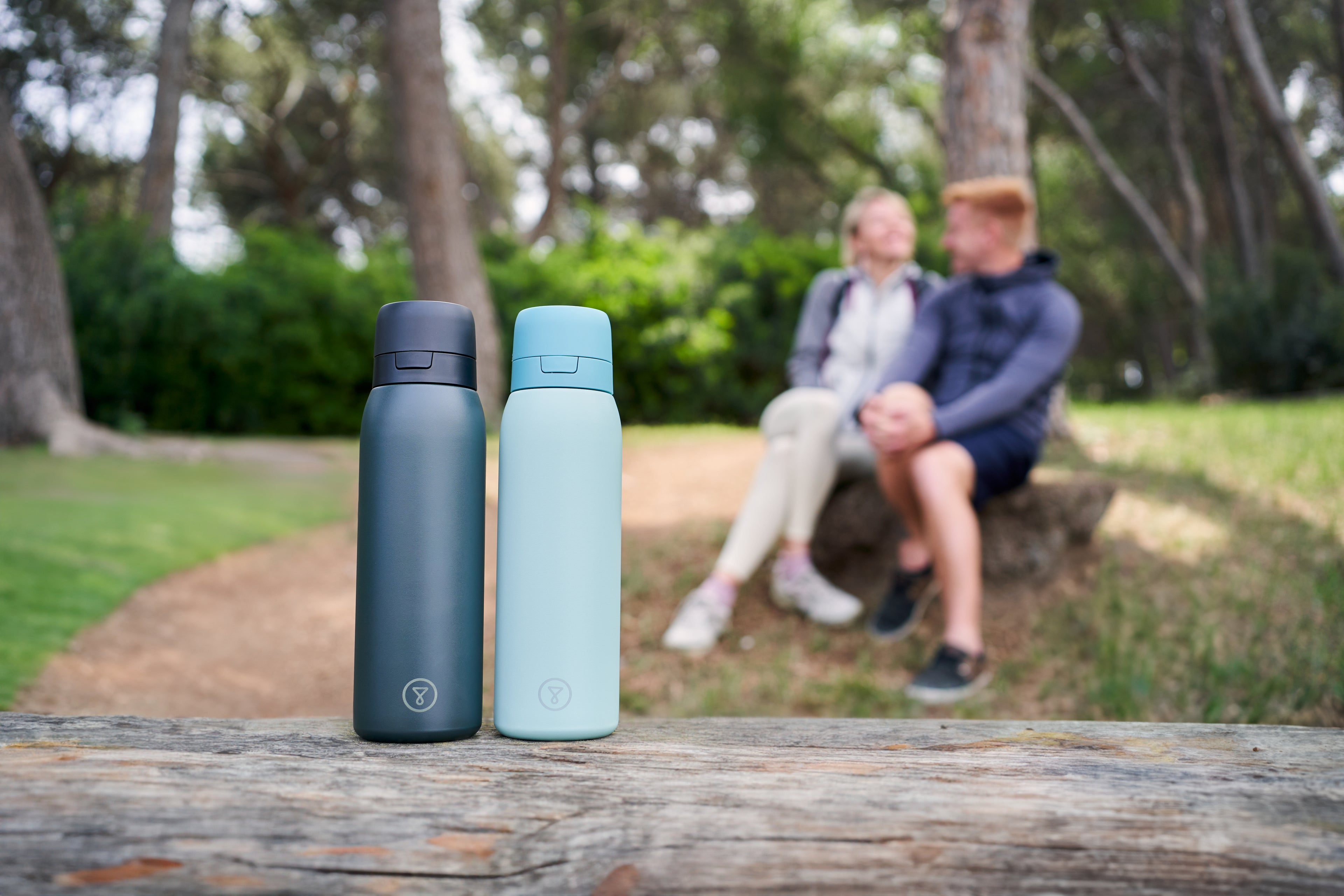
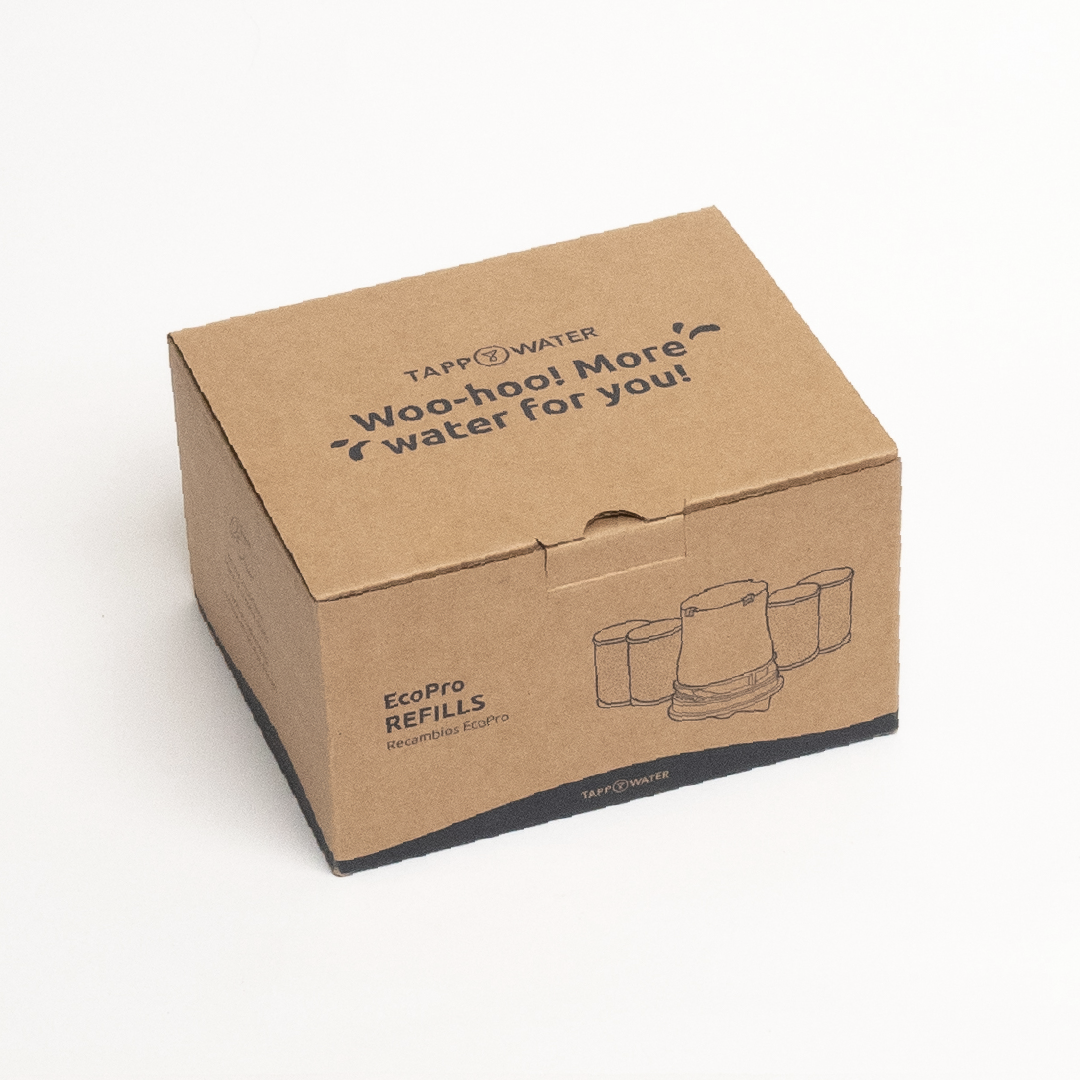
0 comments